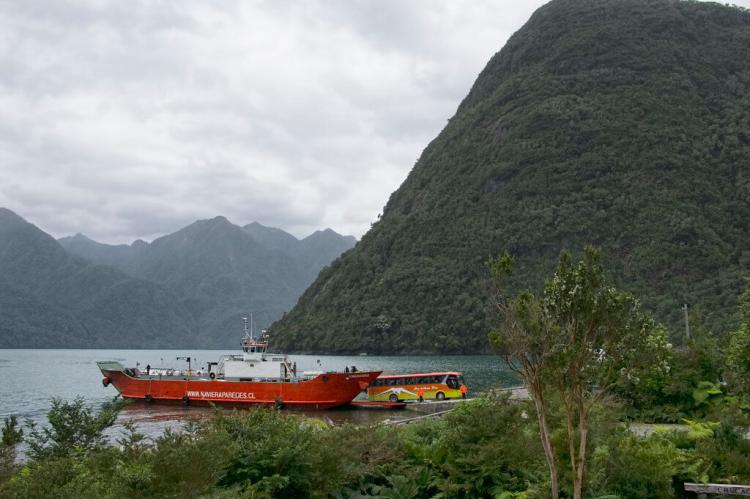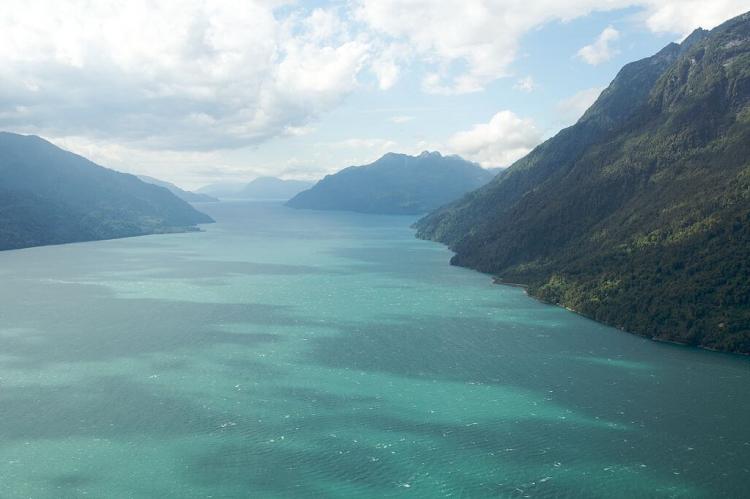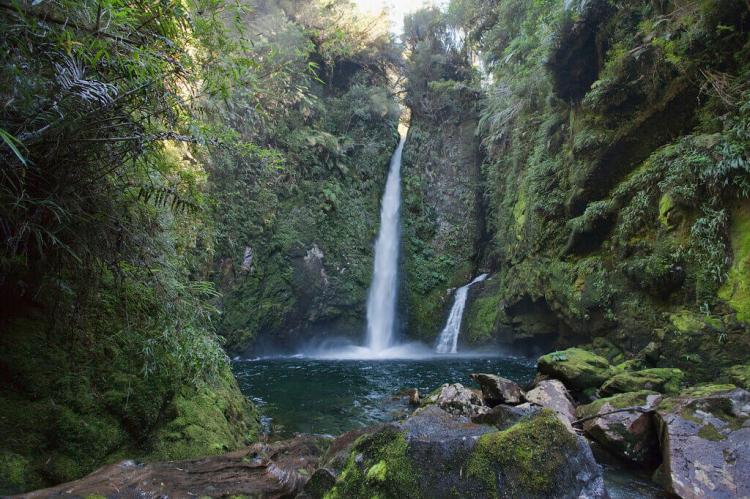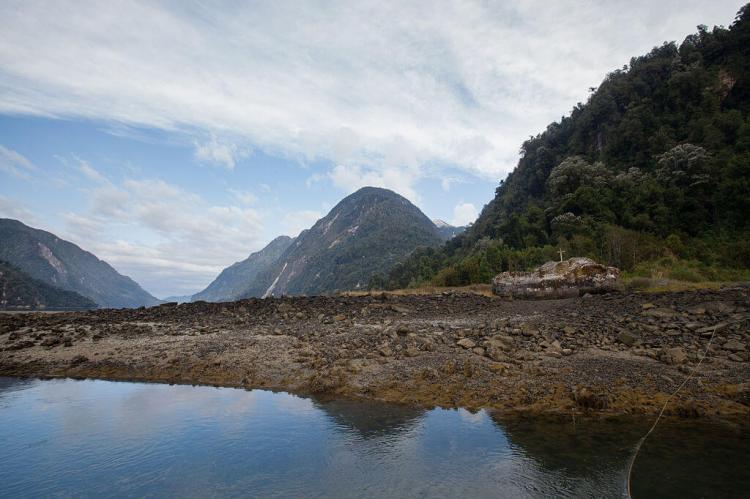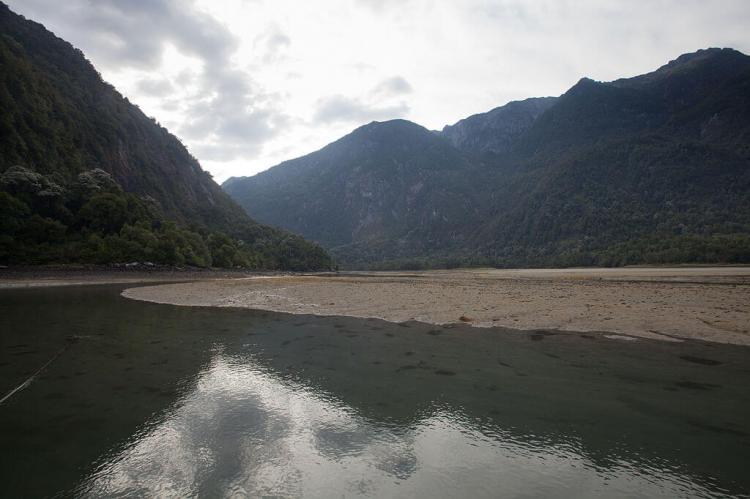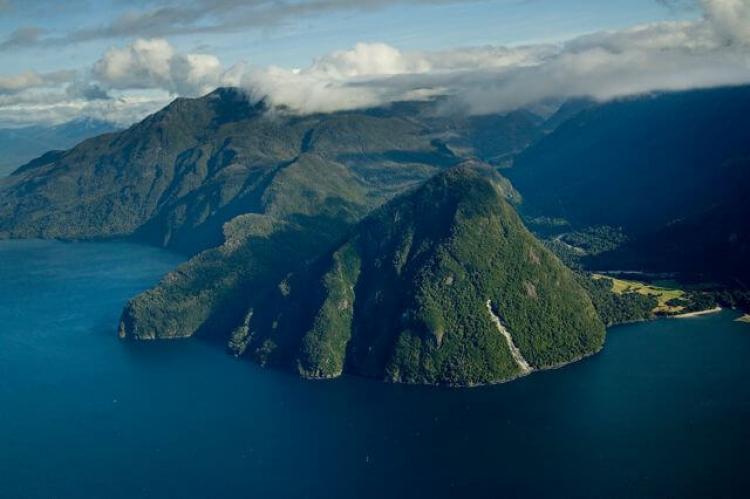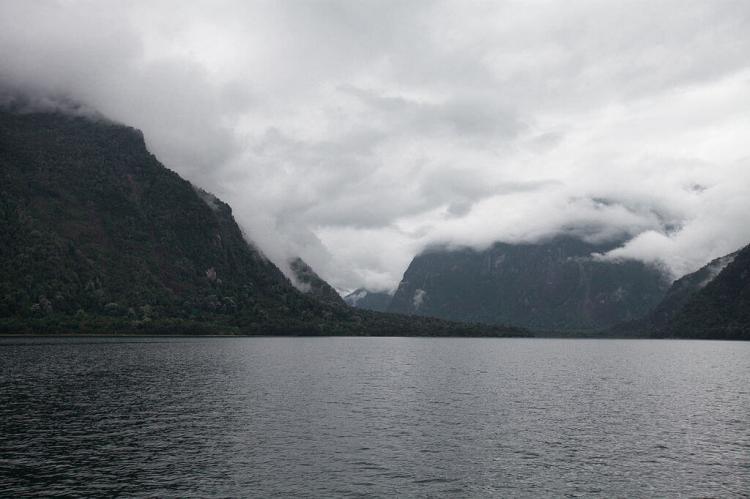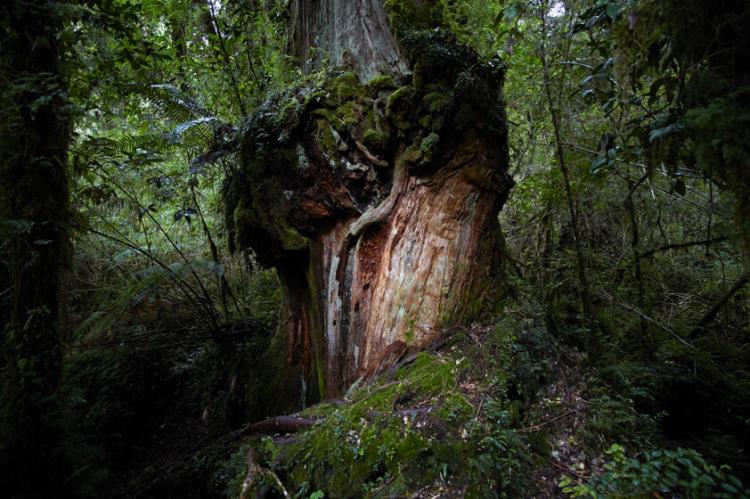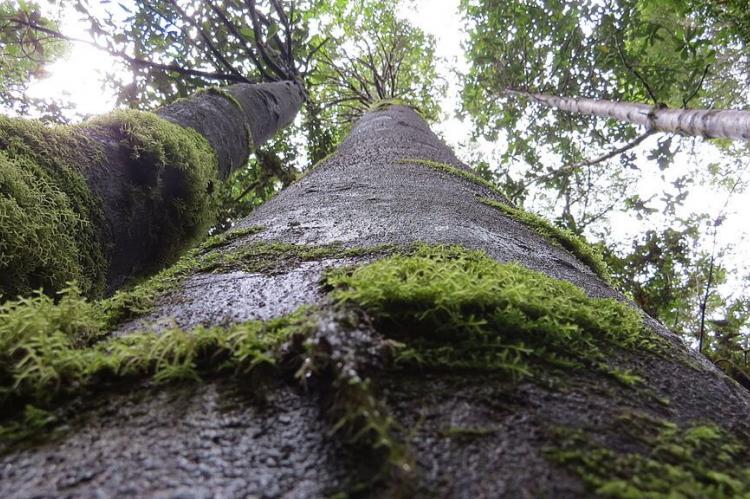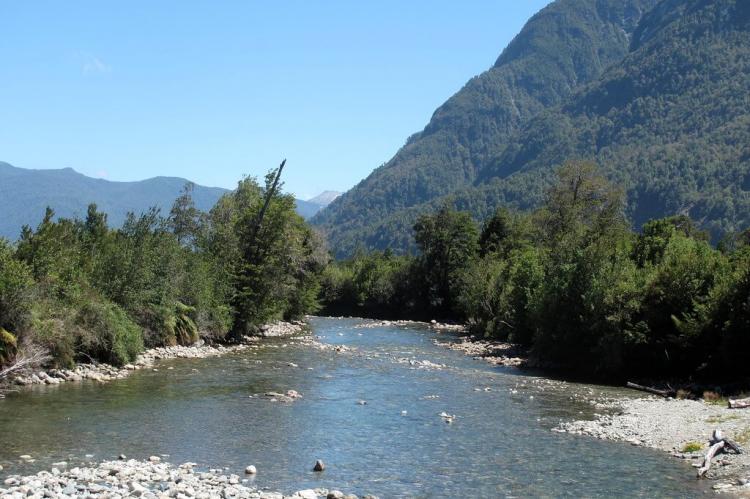Pumalín Douglas Tompkins National Park: A Legacy of Conservation
Pumalín Douglas Tompkins National Park in Chile's Los Lagos Region is a testament to the country's natural heritage and conservation efforts. The park features stunning landscapes, including volcanoes, forests, waterfalls, and coastlines, spanning northern Patagonia.
Exploring the Rich Biodiversity of Pumalín Douglas Tompkins National Park
Pumalín Douglas Tompkins National Park, located in the Palena Province of Chile's Los Lagos Region, is a testament to the country's rich natural heritage and conservation efforts. Spanning over a vast expanse of northern Patagonia, the park is known for its breathtaking landscapes, including towering volcanoes, deep forests, cascading waterfalls, and dramatic coastlines. Named in honor of its benefactor, the late American conservationist Douglas Tompkins, the park is a sanctuary for diverse flora and fauna, including the ancient and threatened Alerce trees.
Geographical Features
The park is characterized by its striking geographical features, dominated by the Michinmahuida and Chaitén volcanoes. These volcanic giants shape the park's rugged terrain, with glaciers feeding numerous waterfalls that tumble down steep granite cliffs into fjords below. The park's deep forests extend to the coastline, creating spectacular views where verdant greenery meets the ocean.
Flora and Fauna
Flora
Pumalín Douglas Tompkins National Park is renowned for its rich biodiversity, particularly its flora. The park is home to the Valdivian temperate rainforest, an evergreen broad-leaved forest featuring thousands of plant species. Annual rainfall in the coastal forests is exceptionally high, around 6,000 mm (236 inches), fostering lush, dense vegetation.
Key tree species include the Alerce (Fitzroya), which can live for over 3,000 years and is one of the oldest species on Earth. The park protects 25% of Chile's remaining Alerce forests. Other notable trees include Luma, Tepa, Canelo, Tineo, Tiaca, Coigüe, Ulmo, Olivo, Mañío, and Notro, all contributing to the park's unique ecosystem.
Fauna
The park's diverse ecosystems support a wide variety of wildlife. Marine species such as Toninas (Commerson's Dolphins), cormorants, penguins, and herons can be seen along the coastline. Birdlife in the forest includes the Chucao, Hued Hued, and Rayadito.
Mammals are also abundant, including pudú deer, foxes, the colocolo cat, and the elusive puma. The park is also home to Chile's only marsupial, the Monito del Monte (colocolo opossum), highlighting its significance as a habitat for rare and endangered species.
Historical Significance
The parkland is historically significant as the ancestral territory of the Chono people. This nomadic group navigated the islands and channels in their canoes, hunting sea lions, fishing, and gathering shellfish and seaweed along the coast. Their presence and practices have left an indelible mark on the region's cultural landscape.
Conservation Efforts
Pumalín Douglas Tompkins National Park's history is deeply rooted in conservation. Created by The Conservation Land Trust, led by Douglas Tompkins, the park was designated a Nature Sanctuary in 2005 and became Chile's most significant private nature reserve. In 2018, an agreement between the Chilean government and Tompkins Conservation established the park as part of the national park system, along with the creation of several other national parks.
Today, the park is managed by the National Forest Corporation (CONAF), which oversees the sustainable development and management of Chile's forest resources. The park's inclusion in the Bosques Templados Lluviosos de los Andes Australes Biosphere Reserve further underscores its ecological importance.
Route of Parks
Pumalín Douglas Tompkins National Park is a key component of Chile's scenic "Route of Parks," a 2,800 km (1,700 mi) trail that stretches from Puerto Montt in the north to Cape Horn in the south. This route encompasses 17 national parks, protecting over 11.8 million hectares (28 million acres) and showcasing Patagonia's breathtaking natural beauty and biodiversity.
Conclusion
Pumalín Douglas Tompkins National Park is a crown jewel of Northern Patagonia, offering a unique blend of dramatic landscapes, rich biodiversity, and significant conservation efforts. Its ancient forests, diverse wildlife, and cultural heritage make it a vital sanctuary for nature and essential to Chile's commitment to preserving its natural heritage.
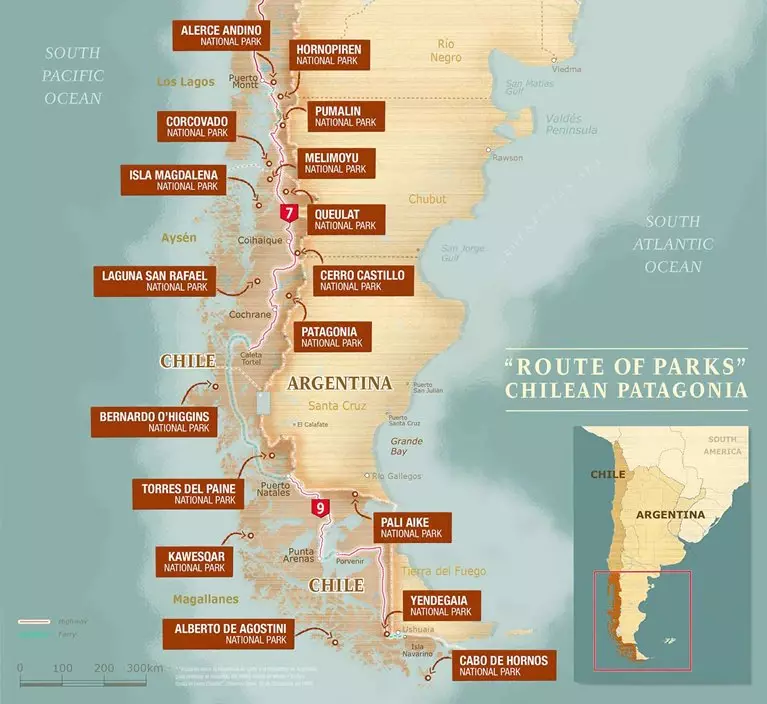
Chile's Route of Parks map - Thompson Conservation
